From the very beginning of their careers, meticulously crafting strange new worlds – here ultra-feminine fantasias, there twisted hallucinations – has always been Kate and Laura Mulleavys’ raison d’etre. Since founding Rodarte in 2005, the siblings have garnered plenty of critical attention (usually gushing: thankfully, never ambivalent) and a dedicated following from some of Hollywood’s most self-assured young actresses. All the while, the Mulleavys have remained their own bosses, each diaphanously cobwebbed gown and intricately beaded microcosm a beautiful re-declaration of the label’s independence.
It’s only fitting, therefore, that the sisters’ forthcoming recent debut, Woodshock, should possess the same fiercely evocative quality as their designs: that is, never just showing, but transporting. Premiering at the Venice Film Festival back in September, the movie is a hyper-aestheticised woodland trip through the fractured mind of a deeply troubled woman – played by Rodarte’s most vocal fan, Kirsten Dunst. A far cry from most celebrity-brand partnerships (engineered by super stylists for commercial gain), Dunst and the Mulleavys clearly have a meaningful connection. “I was the first actress to wear their clothing actually,” Dunst tells me, not without some pride. “On the Spiderman 2 campaign trail I wore three of their dresses. It was very early on in their careers and then after that, at a Christmas party in LA, we sat on a couch and talked all night together and from then on we were inseparable.” That feeling’s clearly mutual, as Kate, speaking over the phone outside a coffee shop in her native LA, is quick to explain. “We immediately knew from her very inception that this character, Theresa, had to be played by Kirsten. Because Kirsten has such an incredible emotional range and we knew that she could go so deep into internally discovering Theresa and bringing her to life in a way that was very poetic and extremely thoughtful.” The sisters are effusive and eloquent talkers: they don’t so much finish each other’s sentences as they do develop and expand upon them with an uncanny like-mindedness. “Because it’s a subjective film,” Laura continues, “and because we wanted to tell a story about someone’s state of mind and about her interaction and her agency, we needed someone that could evoke emotion just by the touch of her hand on the floor or by her glance in the mirror.”
It’s not exactly surprising that the Mulleavys’ first feature should interrogate specifically female dreams and subjectivity. The aspirations and interiority of womanhood in its many guises are perhaps the central preoccupations of their runway shows, which Dunst, and many others, describe as profoundly “moving”. Nonetheless, it’s interesting to hear the exact genesis of Woodshock, which the sisters tell me began in 2011 and came from an impulse that sounds near spiritual: “something so deep inside of you that you want to connect to it in a narrative form,” as Laura explains. That the narrative form they chose to articulate this instinct with was cinema also seems perfectly natural to both the sisters and their muse. “I knew that making the transition into filmmaking would be something that was very organic for them,” reasons Dunst. After all, not only are their collections markedly cinematic experiences (borrowing from filmic sources as diverse as Donnie Darko and Japanese horror), the sisters also created the costumes for Darren Arnonofsky’s Black Swan and more recently collaborated on a series of short films with Todd Cole. “We worked on Black Swan before we wrote our script, and it was an amazing opportunity to see the inside of a film and to see how things work. It was also, I think, the moment when I realised that directing was something I really would want to do,” remembers Laura. But the sisters’ love of film goes back further than 2011. “Laura and I have always been very open in terms of the fluidity of creativity,” Kate tells me. “We went to Berkley and when we were in school we were interested in creative writing and fine art and fashion and film and we certainly took a lot of film theory classes. So I think in a sense all of the things really combined into who we became.”
And that rings true. Many creatives in our “multi-hyphenate” era yearn to work, untrained yet self-confident, across multiple artistic mediums, often with questionable results. But the Mulleavys seem to fully (and genuinely) embody that overused label “storyteller” – a calling which somehow transcends formal constraints and imbues all their output with something truly powerful.
But what is it for two creative women to tell stories in America in 2017? Their movie might not be an overtly political gesture as such, but perhaps, in a more elemental sense, it is. “The other day I started to think about what I would want someone to take away from this film,” muses Laura. “And I thought, jeez, I just hope that they see a woman on screen that is literally the sole agent of every decision she makes. Whether it’s in a surreal moment or not, there’s no one that is making her choices. And that is really important to see in filmmaking now.” That something as simple as a woman in control (behind and in front of the camera) should still be significant doesn’t say much for our contemporary landscape. But as the sisters emphasise, Woodshock transcends anything as banal as social realist comment. “The sublime and what that means and that duality that exists, of destruction and fatality but also of extreme beauty and elevation,” says Laura of the film’s conceptual ambitions, before Kate concludes, “I really felt strongly about creating a film that was atmospheric, emotional, that’s an experience that you go through with the character that wasn’t about an explanation. Because I don’t think that there are real answers. I certainly felt like I needed to make something that didn’t necessarily provide simple answers but which provided a dialogue.” Well, the Mulleavys needn’t worry on that account. Woodshock’s guaranteed to get people talking.
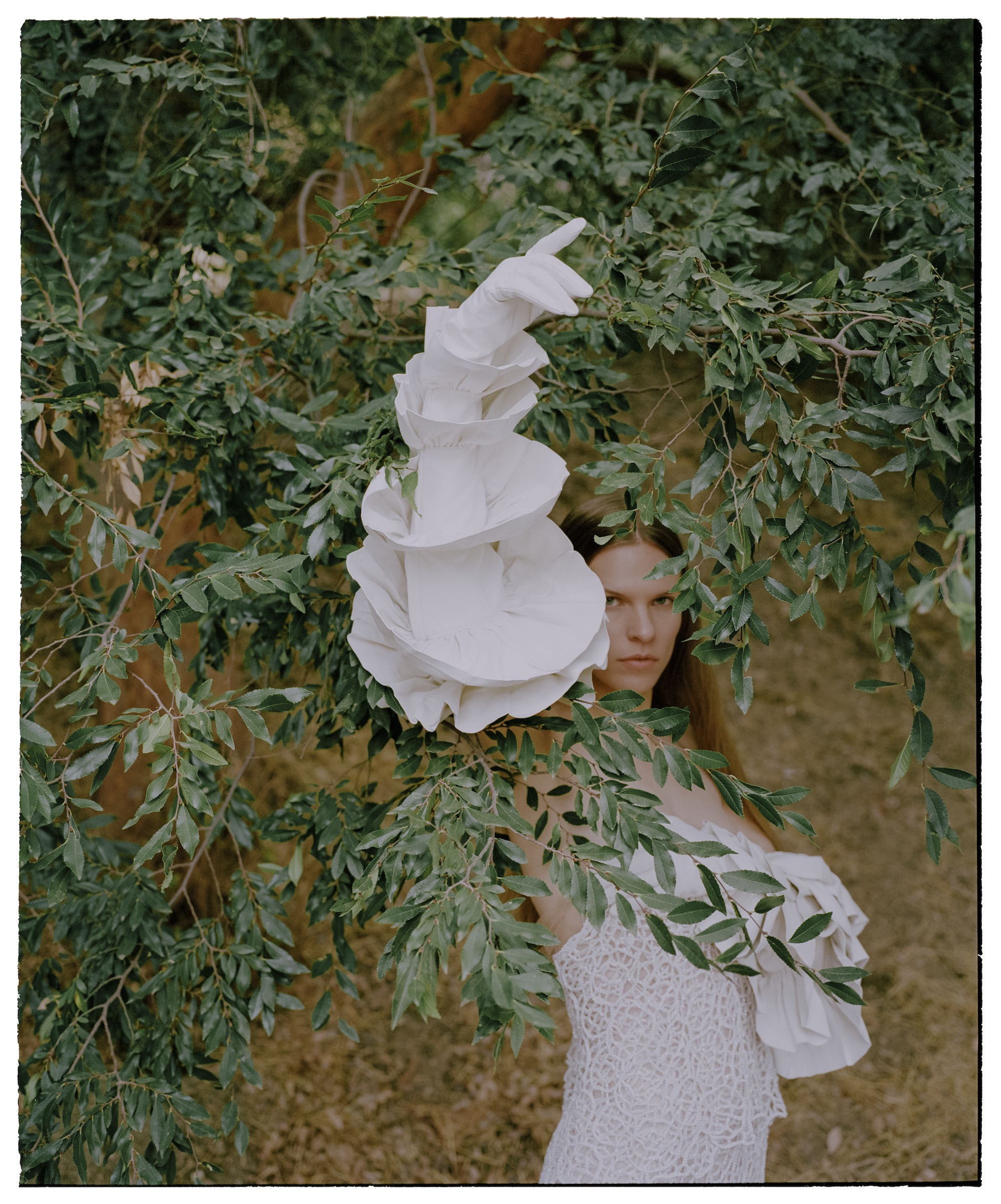
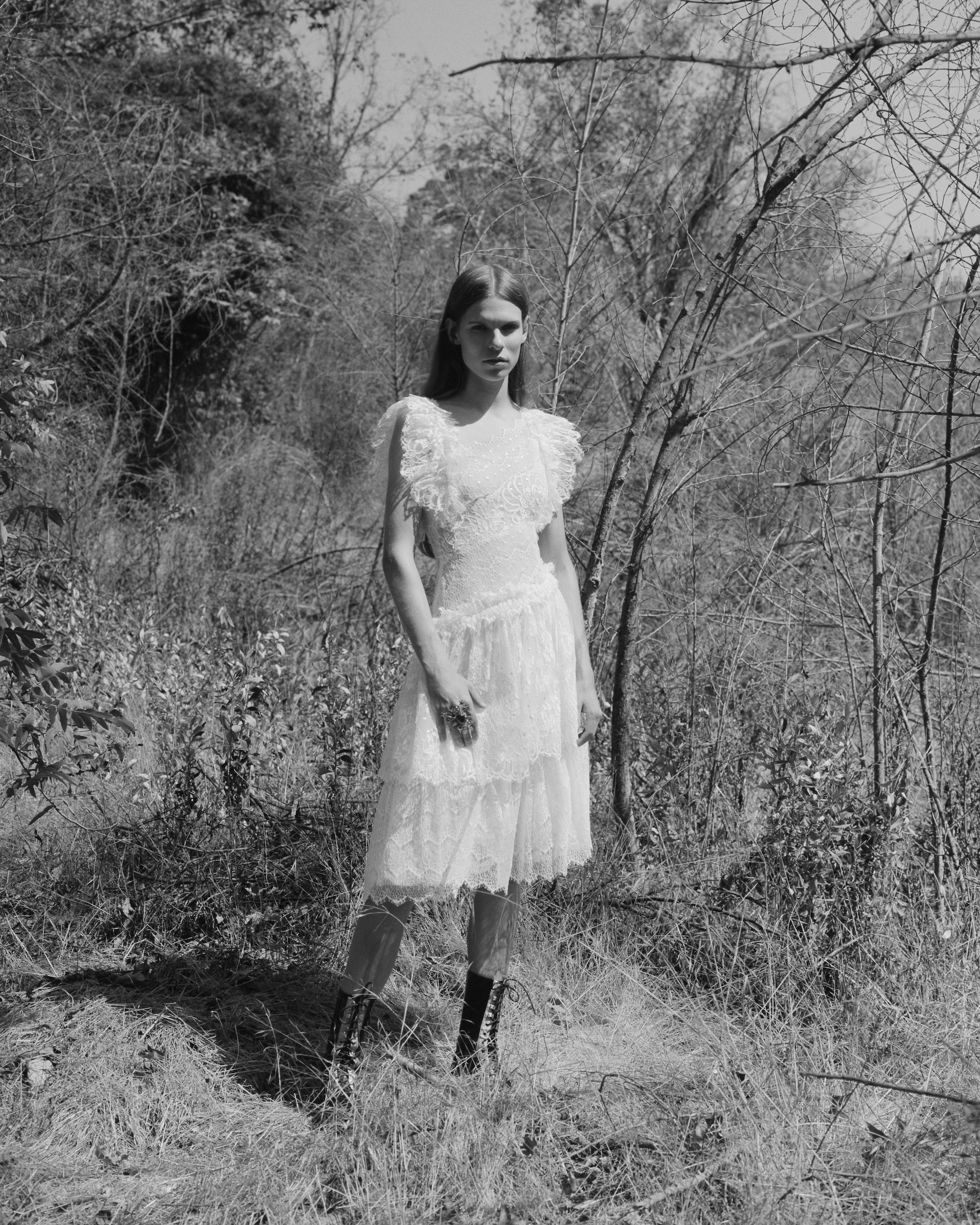
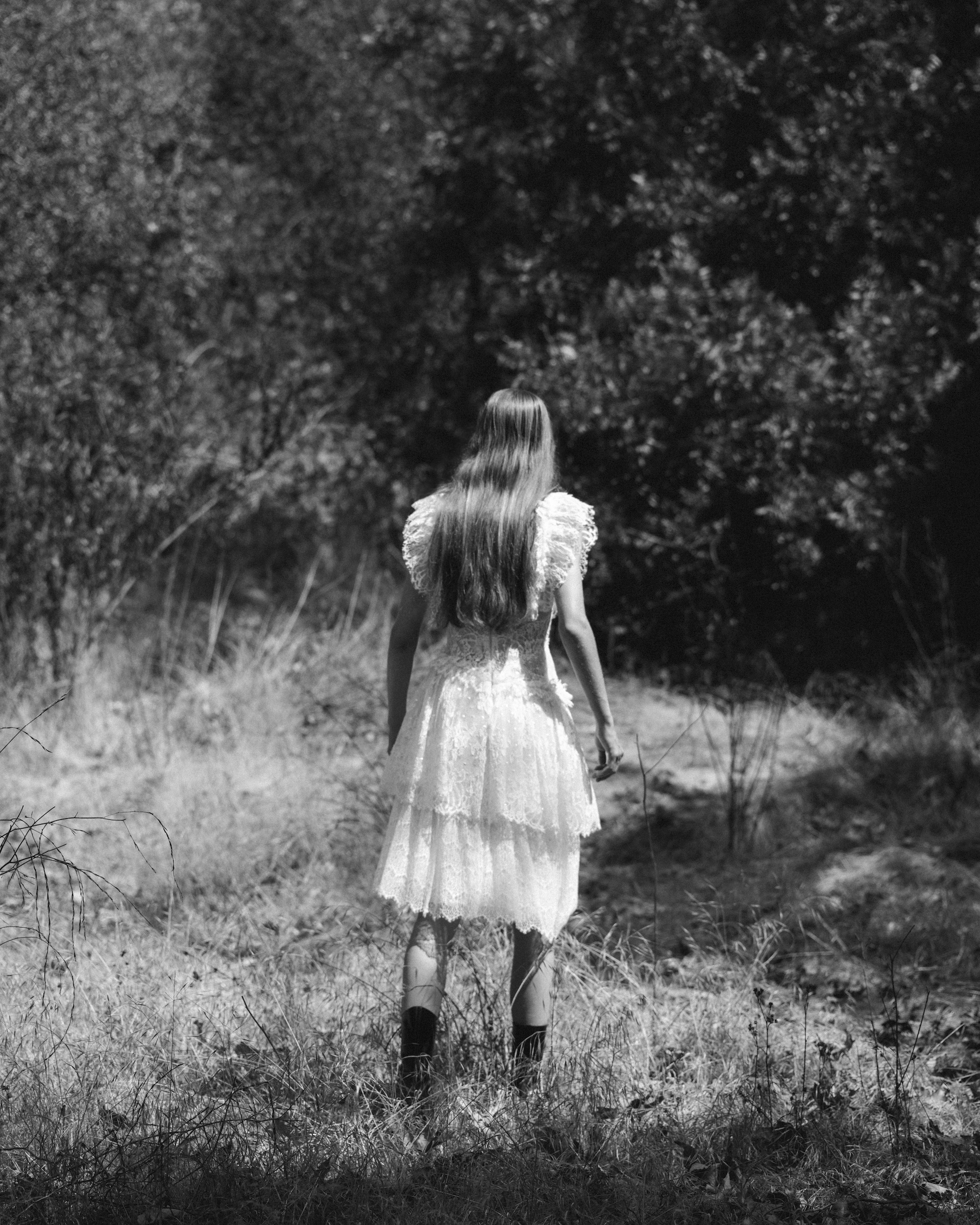
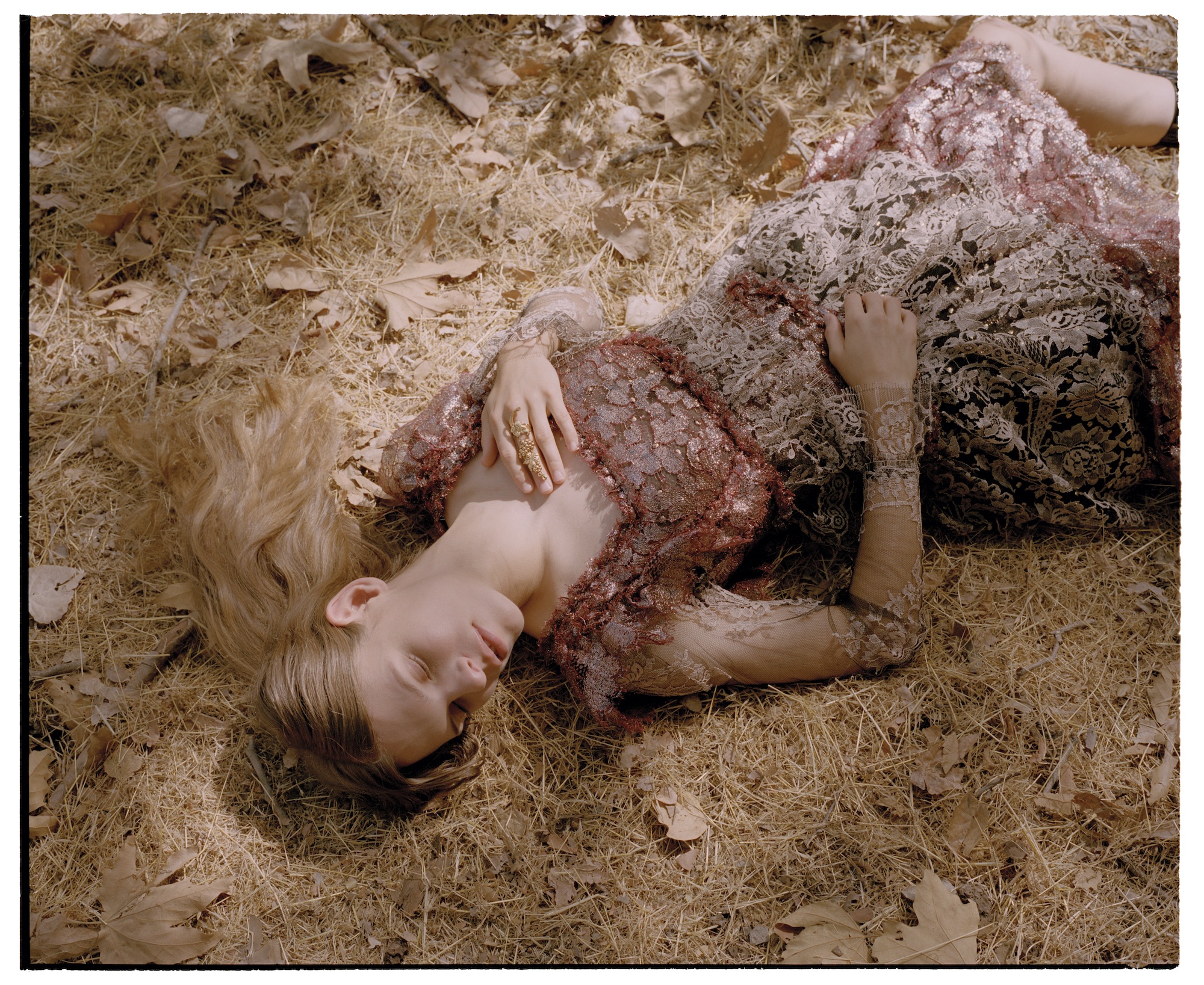
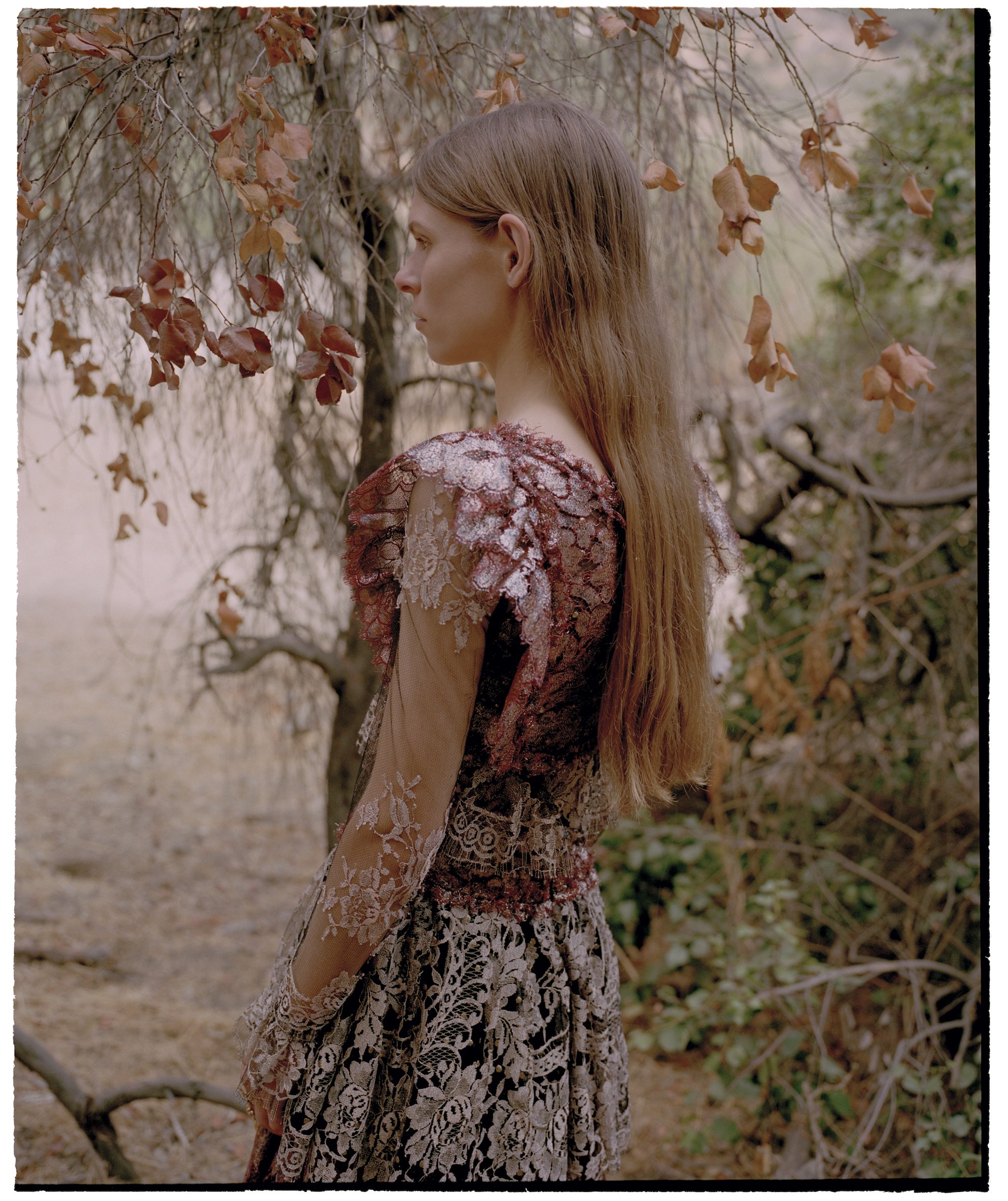
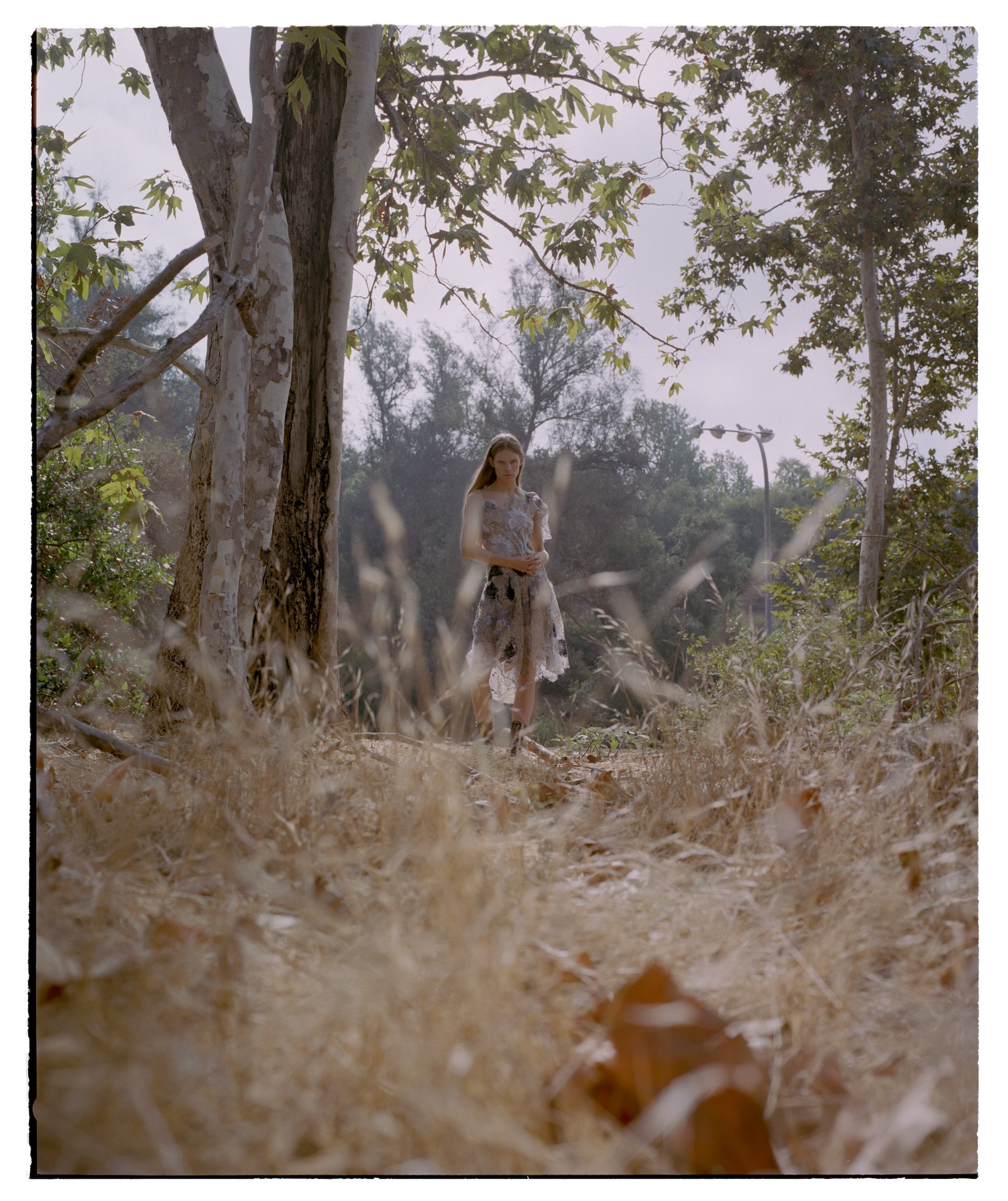
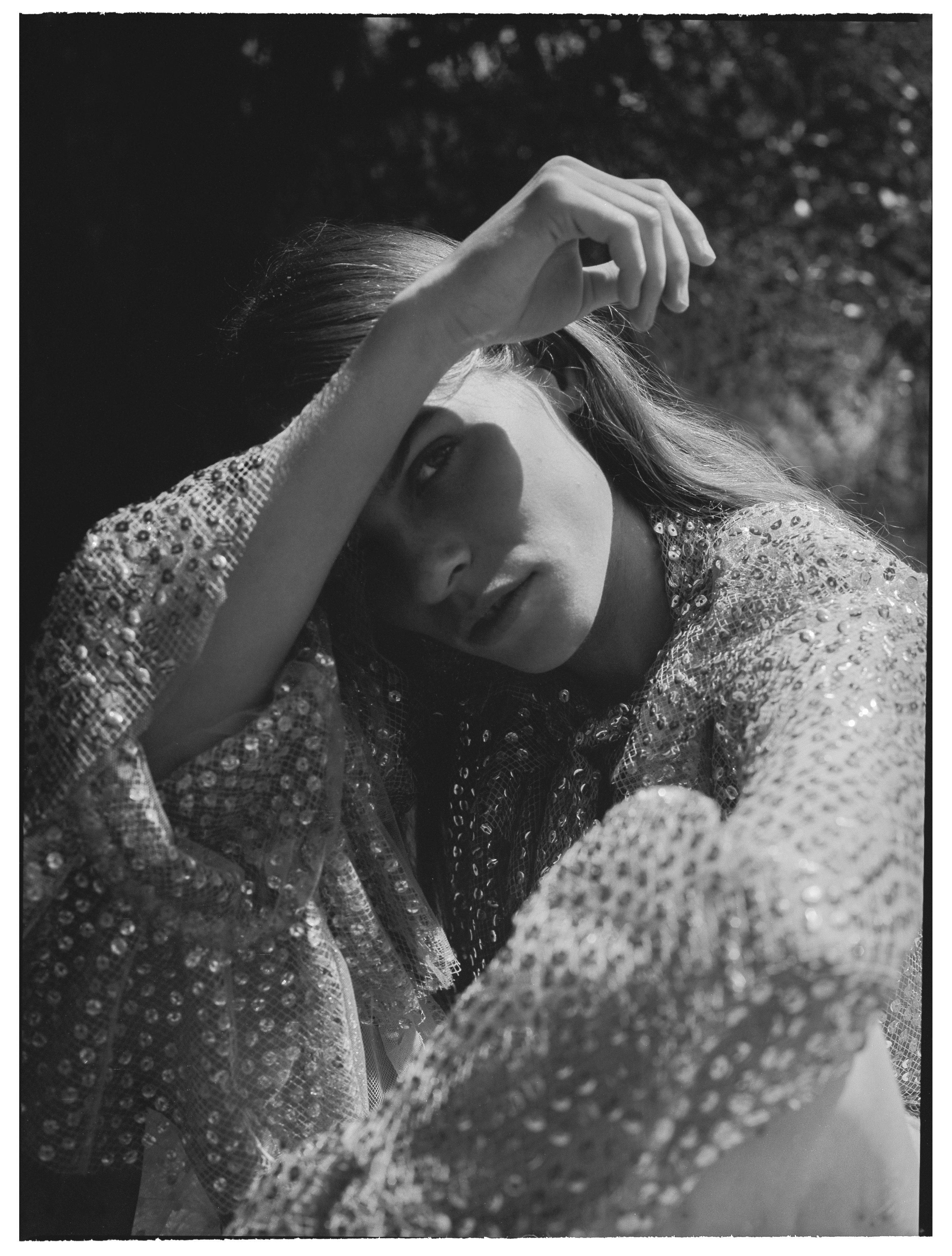
Courtesy of WonderlandMagazine
